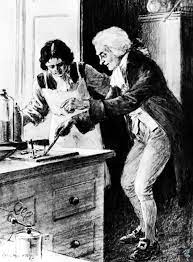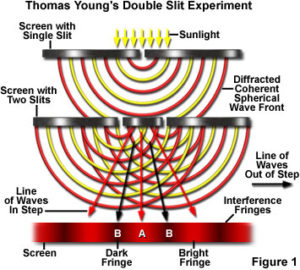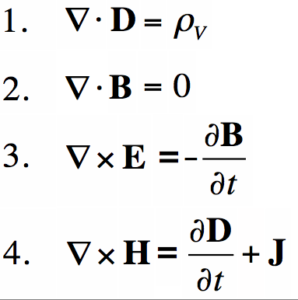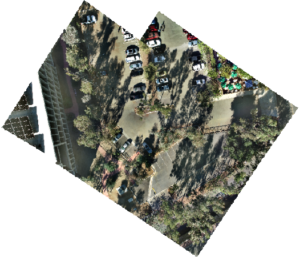Although the application of radio detection and ranging (RADAR) in detecting objects began in the 20th century, the history of radar dates back as far back the development of electricity, magnetism and electromagnetism.

In 1780, Italian physicist Luigi Galvani and his wife Lucia discovered observed that that the leg of a dead frog twitched when electricity is applied to the nerves of the frog. He became the pioneer of of bioelectromagnetic and his work generated many interests in this field.
Thomas Young reintroduced the century-old wave theory of light and established the principle of interference of light using the double slit experiment- where he directed light from a single source to a narrow slit and the light from this slit is directed to two other narrow slits of a few centimeters apart.
Young observed that the light passing through the slits to the screen formed distinct bands of color separated by dark regions in order. Realizing that these color bands would only be produced if light were acting like a wave, He called these bands interference fringes. This young experiment was a demonstration that light is indeed wave and not particles and changed how we understand electromagnetism even till today. Young further established that light waves ware transverse- direction of vibration is perpendicular to the direction of rather rather than longitudinal where the vibration and travel direction are same. The traverse nature of light explain the concept of polarization. About the same period, Augustin Jean Fresnel also posited that light is a wave and not particles.

In 1845, Michael Faraday observed that a strong magnetic field could affect the nature of a light beam through a medium therefore established a very important relationship between electricity and magnetism. Up until this time, electricity and magnetism were considered as separate phenomenon. James Clerk Maxwell leveraged this discovery to develop the very popular Maxwell equations of electromagnetisms. In 1865, Maxwell published his work on the theory of electromagnetic waves. In his publication, He described light as a propagating waves and wrote ‘This velocity is so nearly that of light, that it seems we have strong reason to conclude that light itself (including radiant heat, and other radiations if any) is an electromagnetic disturbance in the form of waves..’

Jean Bernard Leon Foucault confirmed the wave nature of light when he discovered that the speed of light is faster in air than in water. This discovery ended the wave – particle debate of light. 
The unit of radar measurement (deci-Bell) is named after Alexander Graham Bell who got the credit for the invention of telephone. Heinrich Hertz proved the existence of electromagnetic waves experimentally by showing that electric force propagates through space at the speed of light.
In 1935, Robert Watson-Watt make the first fully operational radar systems which was able to locate and range aircrafts based on microwave pulses. This is a very significant development for Britain in the history of World War II (WWII).


